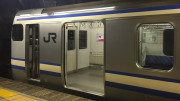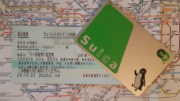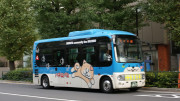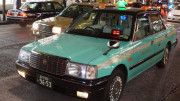One of the best ways for any tourist to get around Japanese cities is by train. The local trains are fast, efficient and always on time. The main problem any non Japanese speaking tourist may find in using the train system is a lack of info written in English at some stations, so it’s best to be a bit prepared to know where you are going before you travel.
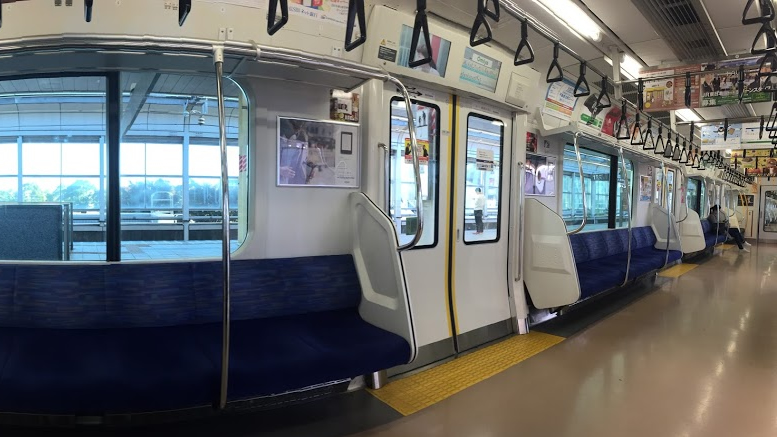
Josei Senyo Sharyo is the name given to particular carriages on some trains that are reserved for woman only, as some trains can get jammed packed during peak hours, many woman felt uncomfortable in the packed carriages due to an increase in groping incidents (known as chikan). Josei Senyo Sharyo carriages will have an image of a woman on the door and often feature a pink stripe along side of them.
JR Line is the most frequently seen system across Japan; it is the previously government ran (but now privatised) organisation that is most famous for their Shinkansen bullet train service. Other mostly above ground JR local service operate in nearly all Japanese cities.
Other rail services exist in Japan too, many larger cities will also have subways and other types of rail operated by separate companies. For example, Tokyo’s Metro subway system is operated independently of any other system. So if you are planning to travel to an area serviced by a JR line from an area near a Metro line, you will have to change over at a point where the two line share a station. This often means exiting the Metro station and walking a bit to the JR station next door, then you will need to purchase a ticket for the rest of your journey on the JR line.
Tickets are purchased from a ticket machine, and each station will have some machines with an English mode; also the simpler Japanese machines are easy to use. You just select the number of persons and the amount of the fare, every station costs a little bit different so the further you go the more it costs. If you are unsure what that cost will be because the fare map is in Japanese, you can select the lowest fare and once you get off at your destination you put your ticket into a fare adjustment machine. The fare adjustment machine will advise you if you need to pay more to exit the station.
A few smart tips are to be prepared before you go and have a fair idea of what rail system is close to your final destination, try and memorise the logo of the rail companies you are using as it may make it easier to spot that non-English sign directing you to the nearest station. If you can travel to where you want to go with out changing companies too much, a prepaid ticket may save you a lot of time buying tickets each time you visit the station.

